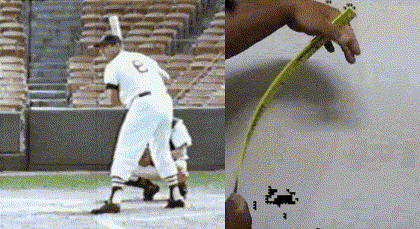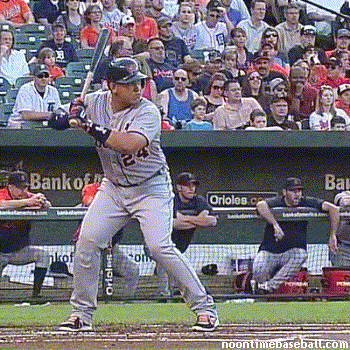- May 3, 2014
- 2,149
- 83
Hopefully this answers the question. The rear leg, IMO, must be reactionary in its final usage. You can think of the rear leg as a brace if you will, for the torso to work on.
LOL - just a different way to say the legs support the actions of the core which has been said a hundred times here.
As TJ said - you are starting to see something you couldn't see before but you are clawing your fingernails into past beliefs afraid to let go...
Let me save you some trouble - any focus on the rear leg or FbC while trying to implement a core based approach is a time waster and not compatible. Trust me on this.
And as long as you keep viewing the swing in 2D terms ala Yeager - the mystery will elude you.






